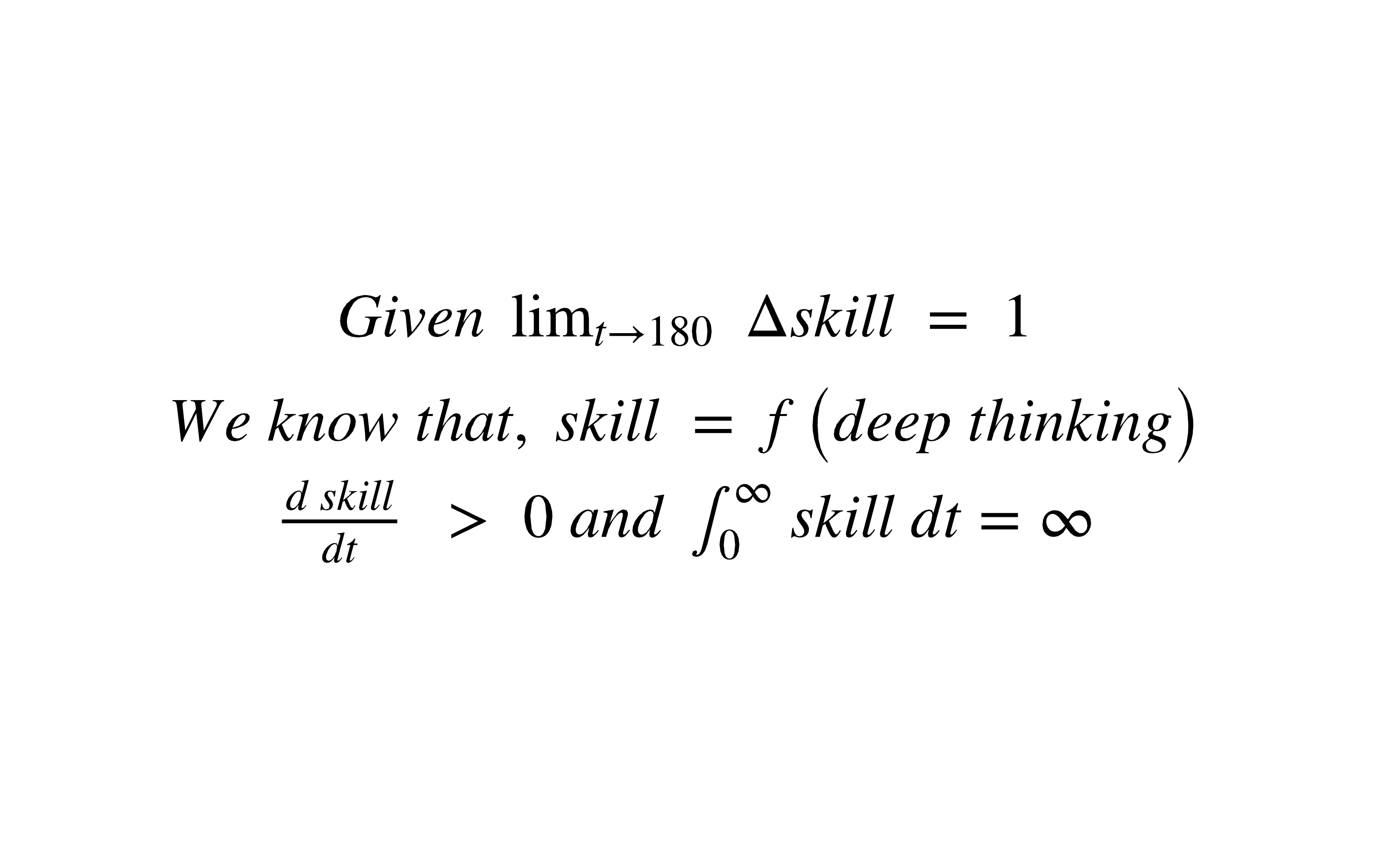Math Behind Euclid’s Theorem
 Manoj Vignesh K M
Manoj Vignesh K M
We were taught in our programming classes that, to calculate gcd of two integers efficiently use the Euclid’s algorithm.
Magic
The Euclid algorithm is programmed as follows:
Take a step back and think for a minute. Why does it work?
How did you do that?
I will explain this with the magic as the starting point to end up stating the Euclid’s theorem. Reverse Engineering!
Rewriting the code
Now carefully understand the following,

‘%’ is not a basic arithmetic operator in mathematics. Consider the following implementation of ‘%’ function:
Now, Let’s replace the mod function with its implementation in the former code snippet.
Wrap-up
To understand better, let us optimize the code to make analysis easier. Observe that b takes the value of a after n a’s are removed from it, and a is given the processed b value. Consider the second iteration. If the values were swapped, the code runs as expected. But, if they were not swapped, then we need to make an edition such that tmp takes a, the condition becomes tmp ≥ b, and the loop-code is tmp = tmp-b. Let’s make these changes to the code and merge the loops.
Take a moment to understand and verify the code snippet.
Thus, we observe that gcd(a, b) = gcd(a-b, b) = gcd(a, b-a).
Let, d be a factor of both a and b. Hence, d|a (d divides a) and d|b (d divides b).
In mathematical form, a = dx, b = dy, where x, y are Integers (Z).
a - b = dx - dy
=> a - b = d(x - y)
and,
b - a = dy - dx
=> b - a = d(y - x)
Hence, d|a, d|b, d|(a-b) and d|(b-a). The least positive d that we finally end up is the GCD of a and b.
Now traceback through the blog, to understand why Euclid’s GCD theorem works.
I hope you enjoyed this. More of this to come, so stay tuned!
Subscribe to my newsletter
Read articles from Manoj Vignesh K M directly inside your inbox. Subscribe to the newsletter, and don't miss out.
Written by

Manoj Vignesh K M
Manoj Vignesh K M
I am a MS CS graduate student at Georgia Tech. I am building my skills in security and software engineering.